Purple flowering garden plants: 11 best buys for your borders
Enjoy this regal and serene colour in your garden – and help attract pollinators
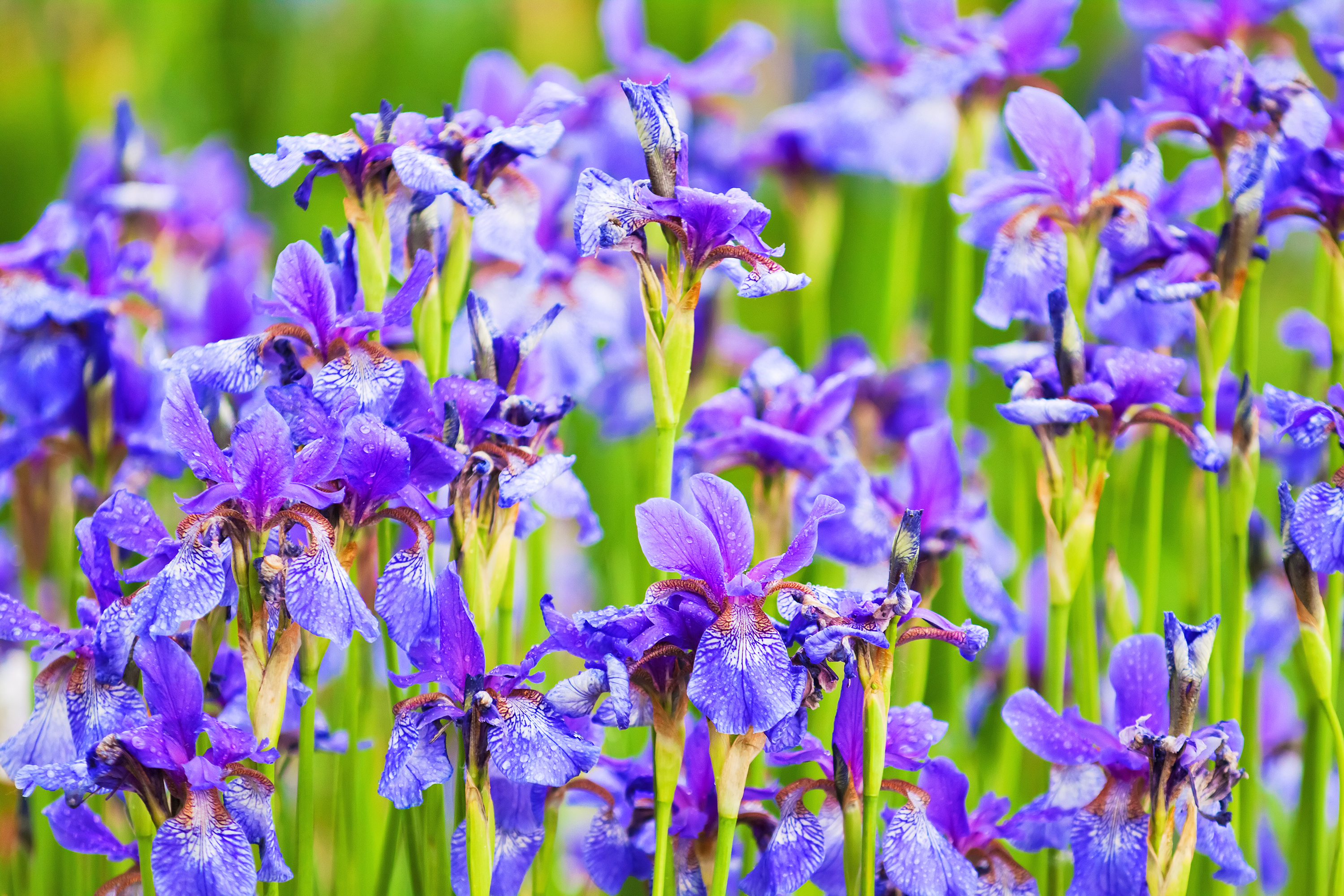
Purple is one of the most popular colours in the garden. It goes with all other colours, it's rich and full of character – and, purple is the favourite colour of bees (they see it better than any other colour and are drawn to purple flowers). From regal iris to easy-going lavender, we present you with the best purple-flowering plants for your garden.
Not sure how to combine purple with other colours? Find out more about choosing a colour scheme for your garden and visit our garden hub page for lots more garden-related advice.
1. Agapanthus 'Midnight Star'
Agapanthus, or African lily, produces spectacular clusters of purple blooms during the summer months, and is irresistible to honey bees.
Maintenance?
This plant is relatively low-maintenance.
Soil type?
Agapanthus will do well is any type of soil.
Where to plant?
It does require full sun.
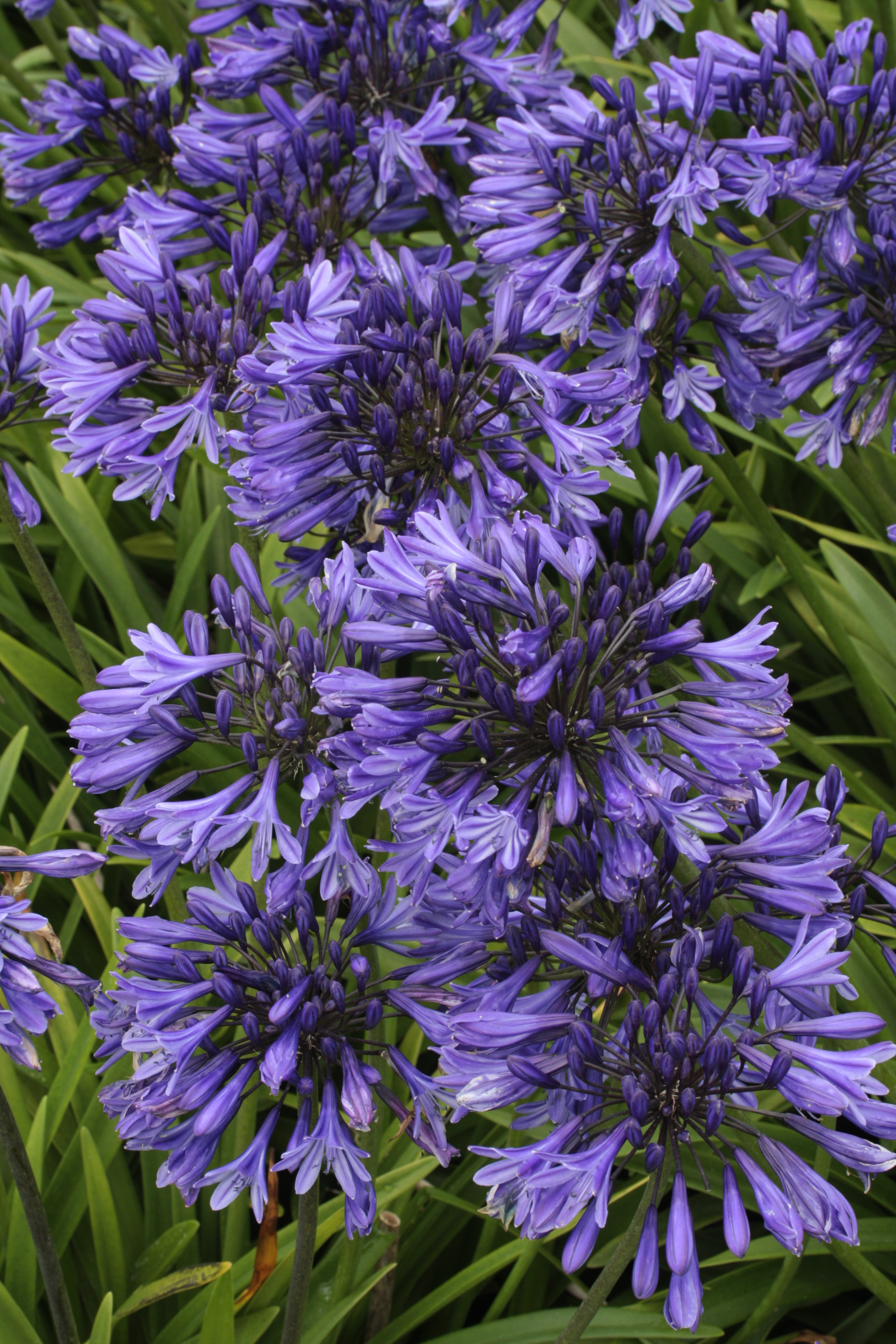
2. Aster
Asters are great for adding late summer interest to your garden, as most varieties will bloom between August and October.
Maintenance?
They are relatively low-maintenance.
Soil type?
Asters require only moderately fertile soil.
Where to plant?
They are tolerant of semi-shade. Great for rock gardens, too.
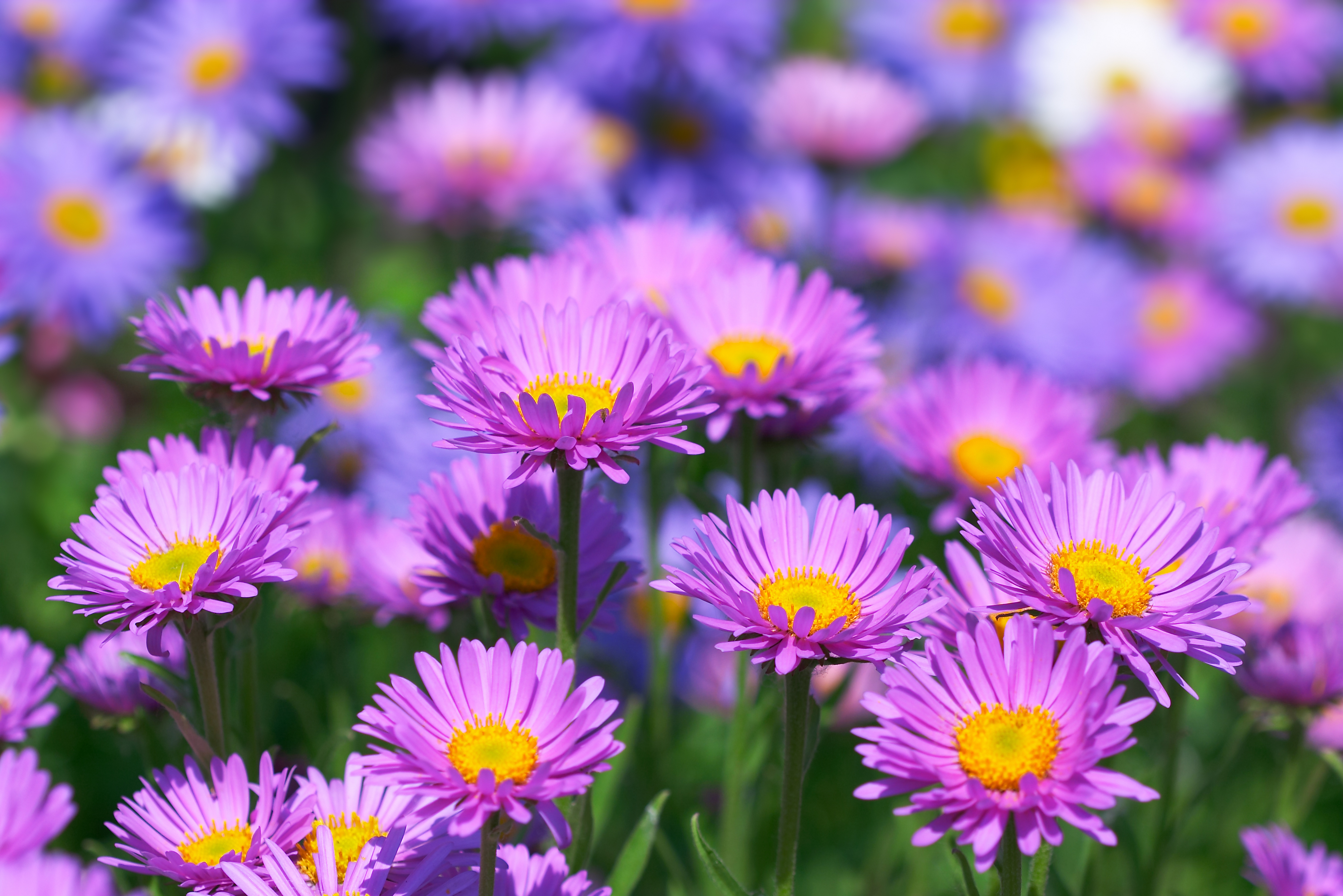
3. Campanula 'intense purple'
Campanula Portenschlagiana is a truly spectacular plant – a low-growing perennial that produces a dense carpet of intense purple, bell-shaped flowers throughout the summer.
Maintenance?
Cut back after flowering to prevent seeding and to encourage a second flowering; watch out for slugs and snails, which like to snack on it.
Soil type?
Campanula likes any fertile, well-drained soil in sun or part shade. The flower colour is best in shade.
Where to plant?
Perfect as part of a rock garden design, or for large gardens that require plenty of ground cover, campanula also suppresses weeds. Will tolerate partial shade.
A photo posted by @lily.boo.lane on May 31, 2017 at 9:54am PDT
4. Clematis
Clematis is a perennial climber that is particularly suitable to covering a garden wall. Some varieties have white flowers, but most are purple, single or double blooms.
Maintenance?
During dry weather, water abundantly and regularly; fertilise in the spring.
Soil type?
Requires good soil that drains well but holds on to some moisture, as clematis is prone to wilt.
Where to plant?
Clematis will tolerate partial shade, but like most flowering species, will do best in full sun.
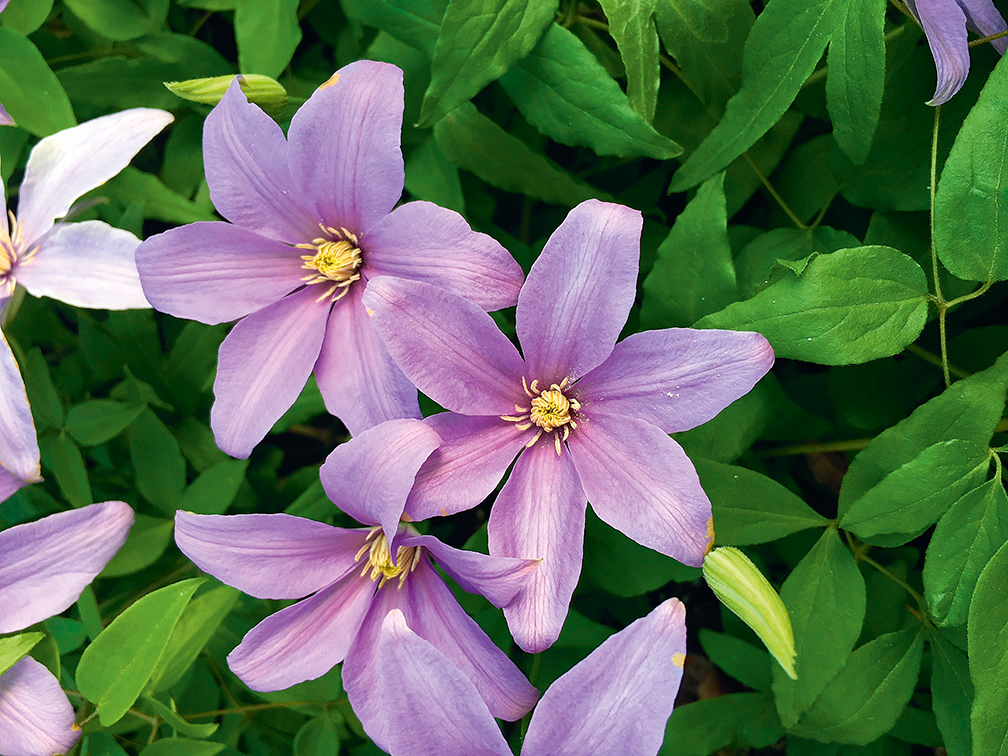
5. Erysimum 'Super Bowl Mauve'
Erysimum can be either annual, bi-annual, or perennial.
Maintenance?
Trim sparingly after flowering to prevent plants becoming leggy; watch out for slugs and snails.
Soil type?
The 'Super Bowl Mauve' is a perennial variety that thrives in poor soil, so will be perfect for gardens with chalky or loamy soils. The neutral pH of the soil will help the intense colour.
Where to plant?
Requires full sun and has a long flowering period from spring through to winter.
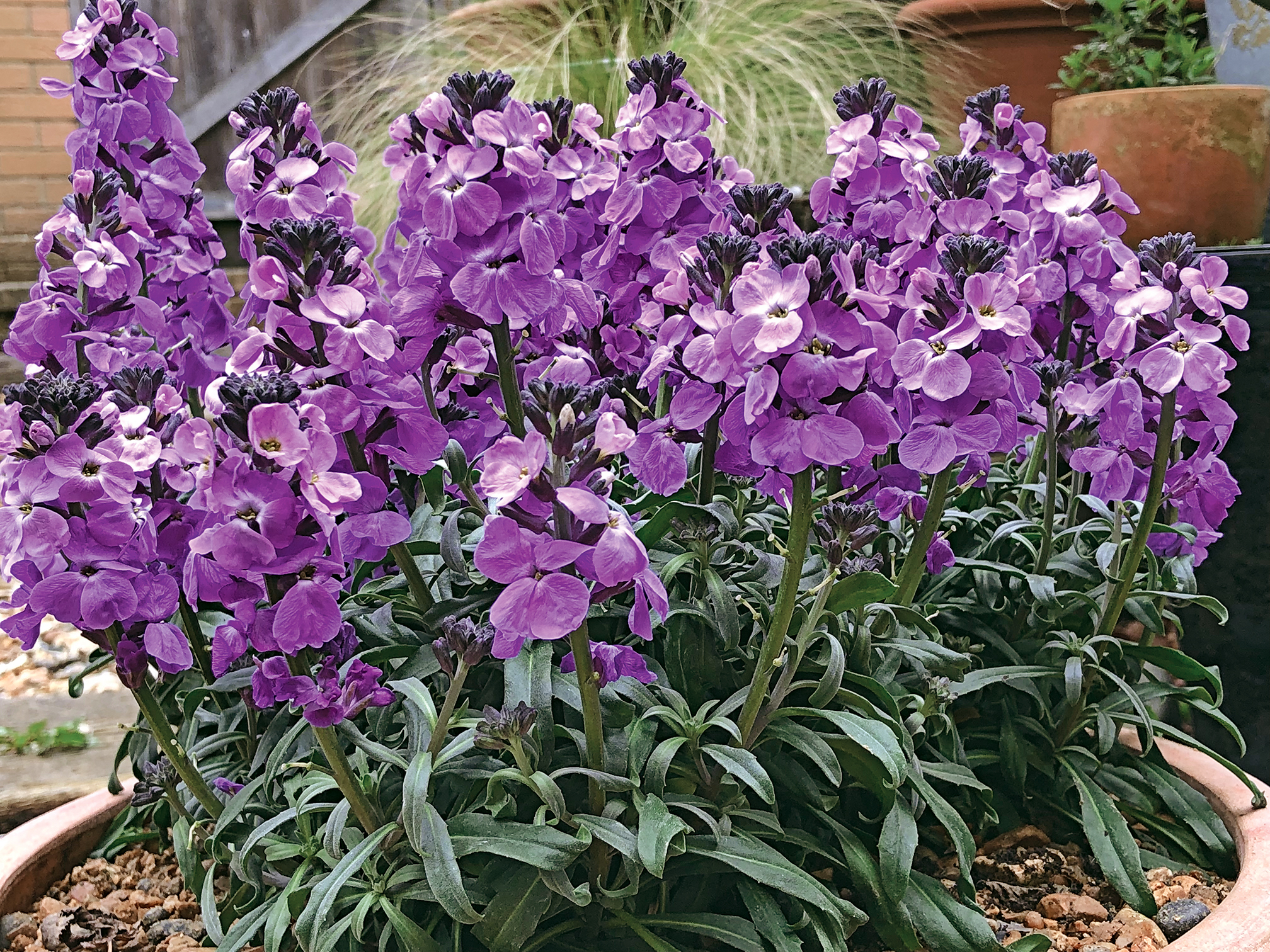
6. Hebe 'Mint Chocolate'
Hebe is an evergreen, fully hardy shrub that's perfect for providing year-round interest to your garden. 'Mint Chocolate' is a particularly attractive variety, with purple-tinged leaves and purple flowers in the summer.
Maintenance?
Prune just before growth starts and after any risk of frost has passed.
Soil type?
Hebe requires a well-drained soil.
Where to plant?
In full sun.
Browse more plants to add winter interest to your garden.

7. Iris
Iris are the most regal of all garden flowers, with their tall stems and large, distinctive petals known as 'falls'. Most of us grow the variety Iris Germanica, or Bearded Iris, in our gardens; other varieties include Iris Pallida and the white-flowering Iris Florentina, used in perfume production.
Maintenance?
Remove withered foliage.
Soil type?
To have success with irises, you will need well-drained soil.
Where to plant?
Iris need plenty of sun, without which they won't flower.

8. Sweet pea
Sweet peas come in a variety of colours, from white to nearly black, but its prettiest varieties are all in shades of purple (try Lord Nelson for a show-stopping, velvety purple).
Maintenance?
The key to growing healthy sweet peas is giving them lots of depth to root in (they have very long roots), and watering them constantly – in fact, sweet peas tend to do very well during wetter summers. Apply a balanced liquid fertiliser every two weeks in growing season.
Soil type?
Grow in humus-rich, fertile, well-drained soil.
Where to plant?
In full sun or light dappled shade.
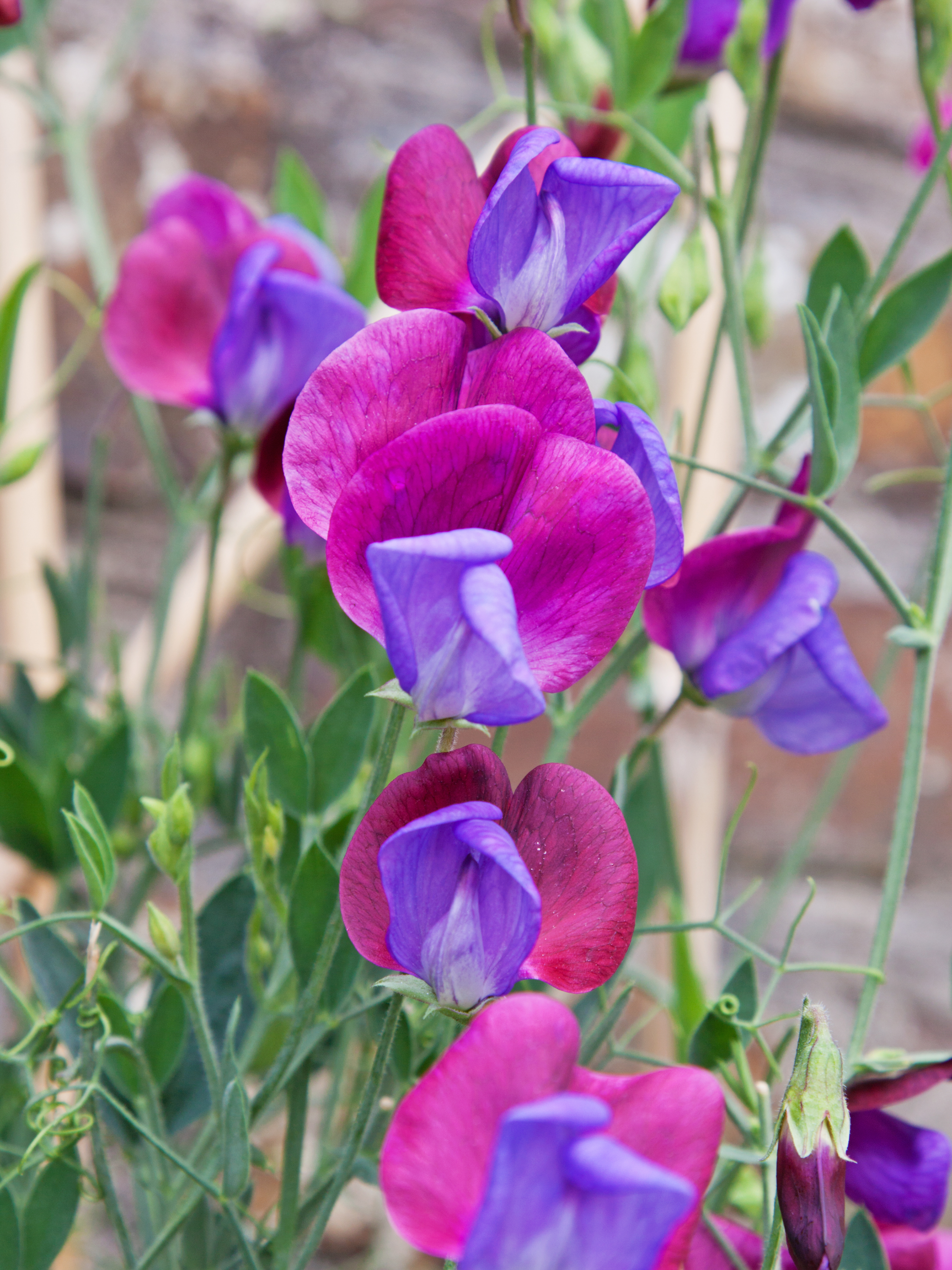
9. Lavender
The ever-popular herbaceous perennial is the ultimate purple border plant in any garden. It's also an essential plant for pollinators.
Maintenance?
Prune annually in winter in order to stop your lavender becoming too woody.
Soil type?
Grow in well-drained soil.
Where to plant?
Lavender likes to be in full sun.
We have lots more tips for creating beautiful garden borders.
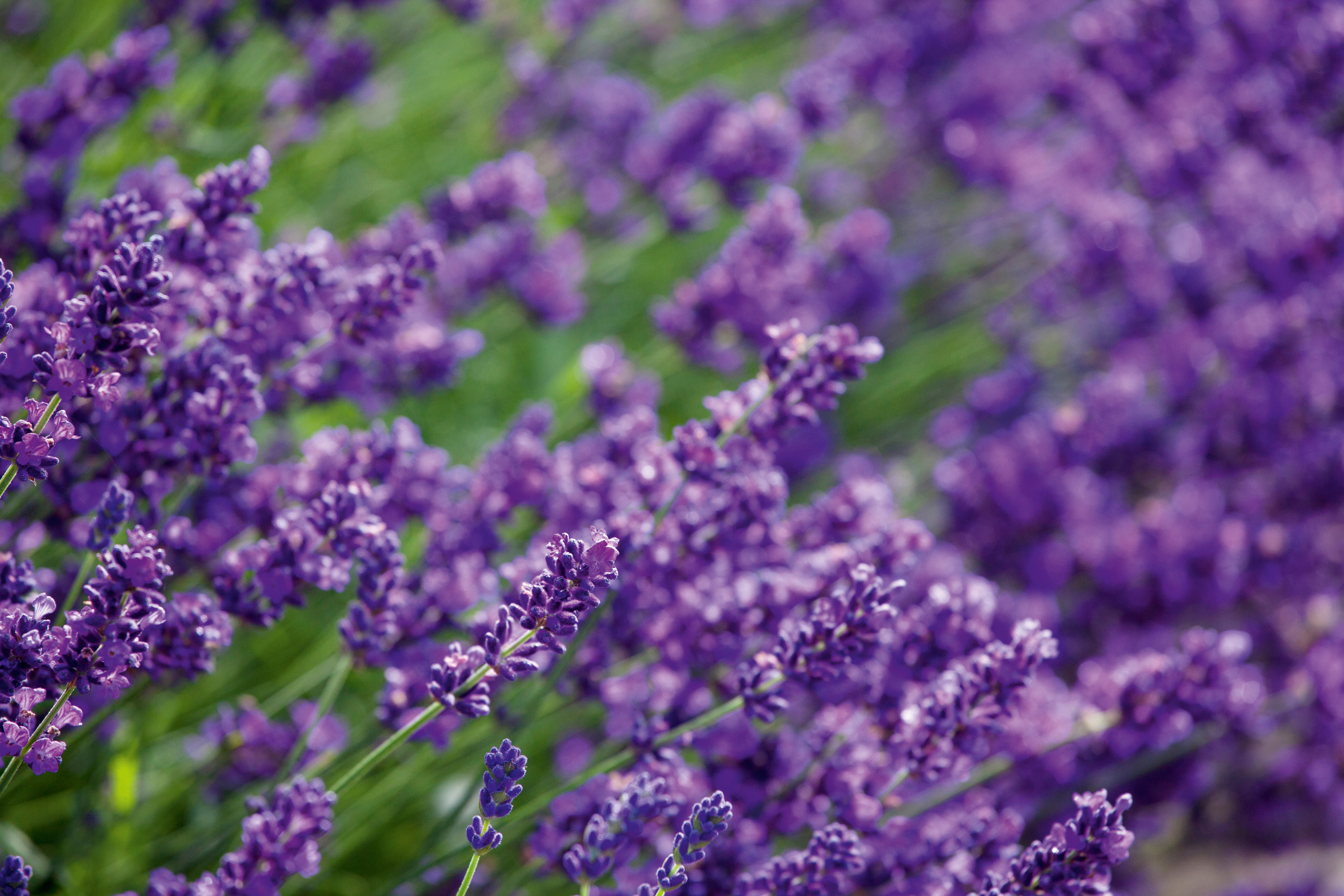
10. Buddleja
Buddleja is a fast-growing, excellent all-rounder for almost any garden. It is great for pollinators (especially butterflies and bumblebees), is pollution-tolerant, and its purple blooms smell lovely.
Maintenance?
It's low-maintenance; prune early to mid-spring.
Soil type?
Buddleja likes well-drained soil
Where to plant?
In full or partial sun.
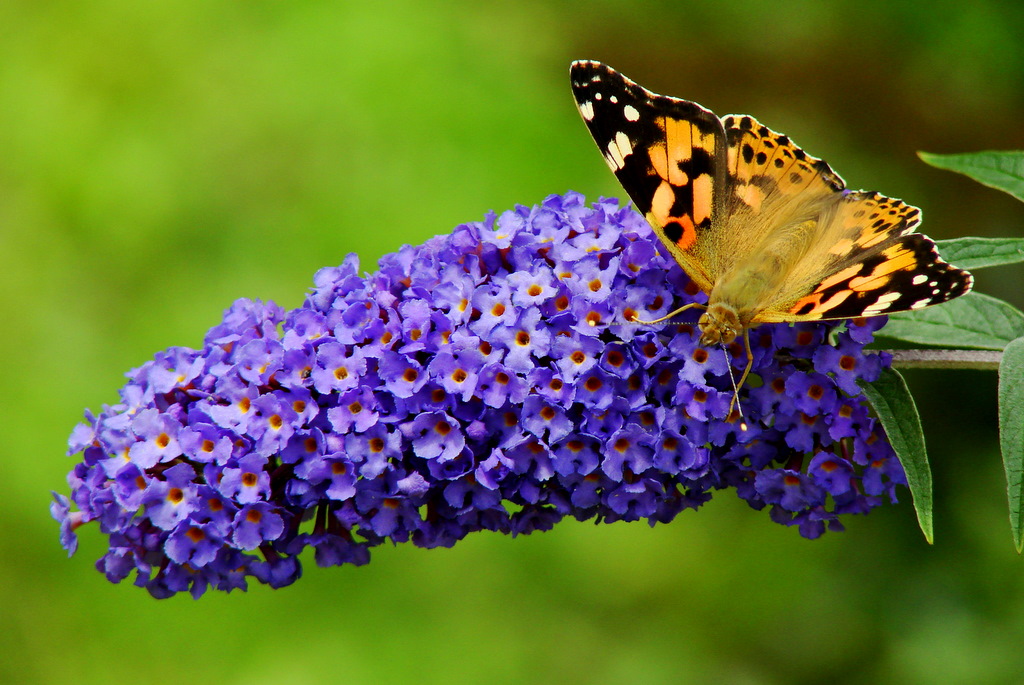
11. Allium
Alliums are actually ornamental onions, and, like edible onions, grow from bulbs. The tall, globular flowers emerge every spring (usually in May), and are a great way to add some height to your early summer planting scheme. They're also loved by bees who will cluster all around the flowers.
Maintenance?
Simply trim off the dead plants, ready for next season.
Soil type?
Allium like a fertile, moist but well-drained soil.
Where to plant?
Allium look gorgeous in full sun in borders and pots.
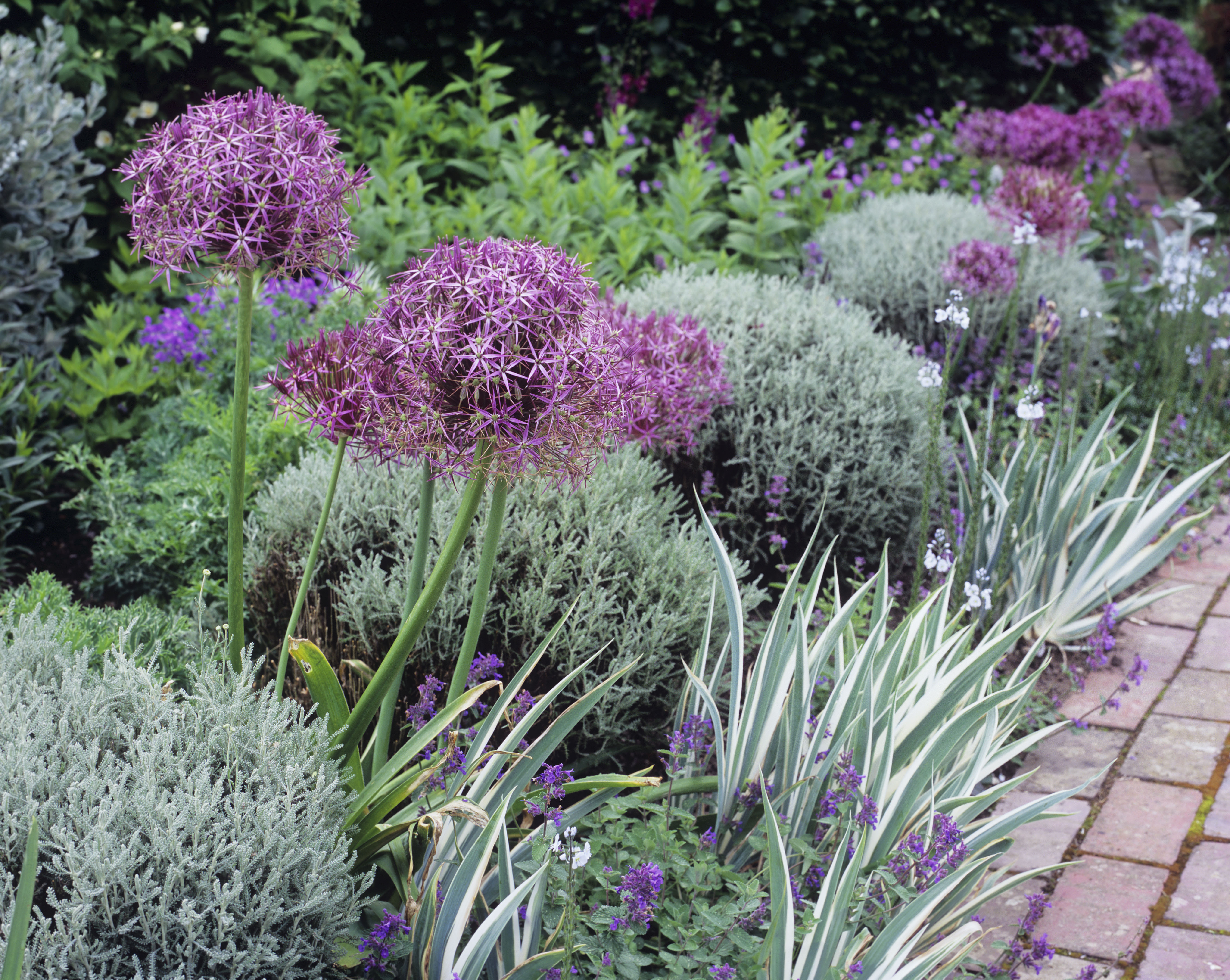
More plant-related advice:
Get small space home decor ideas, celeb inspiration, DIY tips and more, straight to your inbox!
Anna is a professional writer with many years of experience. She has a passion for contemporary home decor and gardening. She covers a range of topics, from practical advice to interior and garden design.